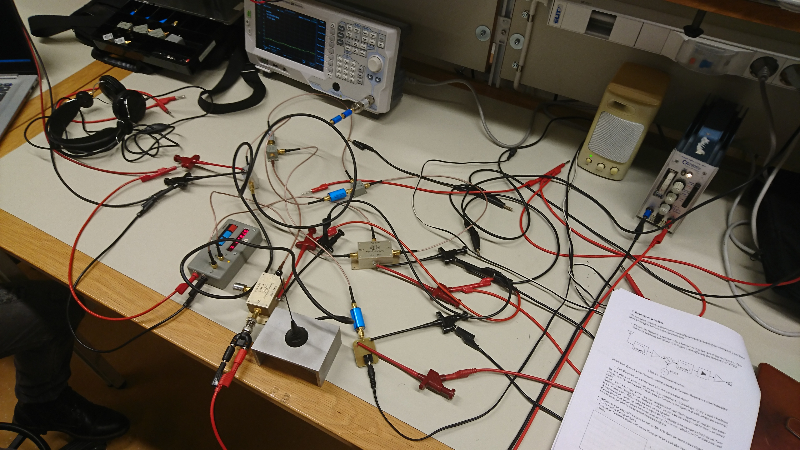In the digital age, the question of how many hours of electronics a day is not only relevant but also critical. With the proliferation of smartphones, tablets, laptops, and other electronic devices, we are constantly connected and engaged with screens. While these devices offer numerous benefits, they also pose potential risks, especially when used excessively. This article aims to delve into the optimal amount of electronic usage per day, considering various factors such as age, occupation, and health implications.
The American Academy of Pediatrics (AAP) recommends different screen time limits based on age. For children under 18 months, screen time should be avoided except for video chatting. For children aged 2-5 years, screen time should be limited to one hour per day of high-quality programs. For children aged 6 and older, consistent limits should be set on the time spent using media and the types of media.
However, these guidelines become more complex when considering adults, particularly those whose occupations require extensive screen use. The American Optometric Association suggests a 20-20-20 rule for adults: every 20 minutes, take a 20-second break and look at something 20 feet away. This helps reduce digital eye strain, a common issue for adults who spend more than two hours a day on digital devices.
The health implications of excessive screen time are numerous. Prolonged screen time can lead to physical health issues such as obesity, sleep disorders, and eye strain. It can also contribute to mental health problems, including anxiety and depression. Therefore, it is crucial to balance screen time with physical activity and other non-screen activities.
Moreover, the quality of screen time matters as much as the quantity. Passive screen time, such as watching TV or scrolling through social media, is generally considered less beneficial than active screen time, such as researching, reading, or engaging in educational activities.
In conclusion, the answer to how many hours of electronics a day is not one-size-fits-all. It depends on various factors, including age, occupation, and the nature of the screen time. However, it is crucial to balance screen time with other activities and to ensure that the screen time is of high quality. As we continue to navigate the digital age, we must strive to use electronics in a way that enhances our lives without compromising our health.
